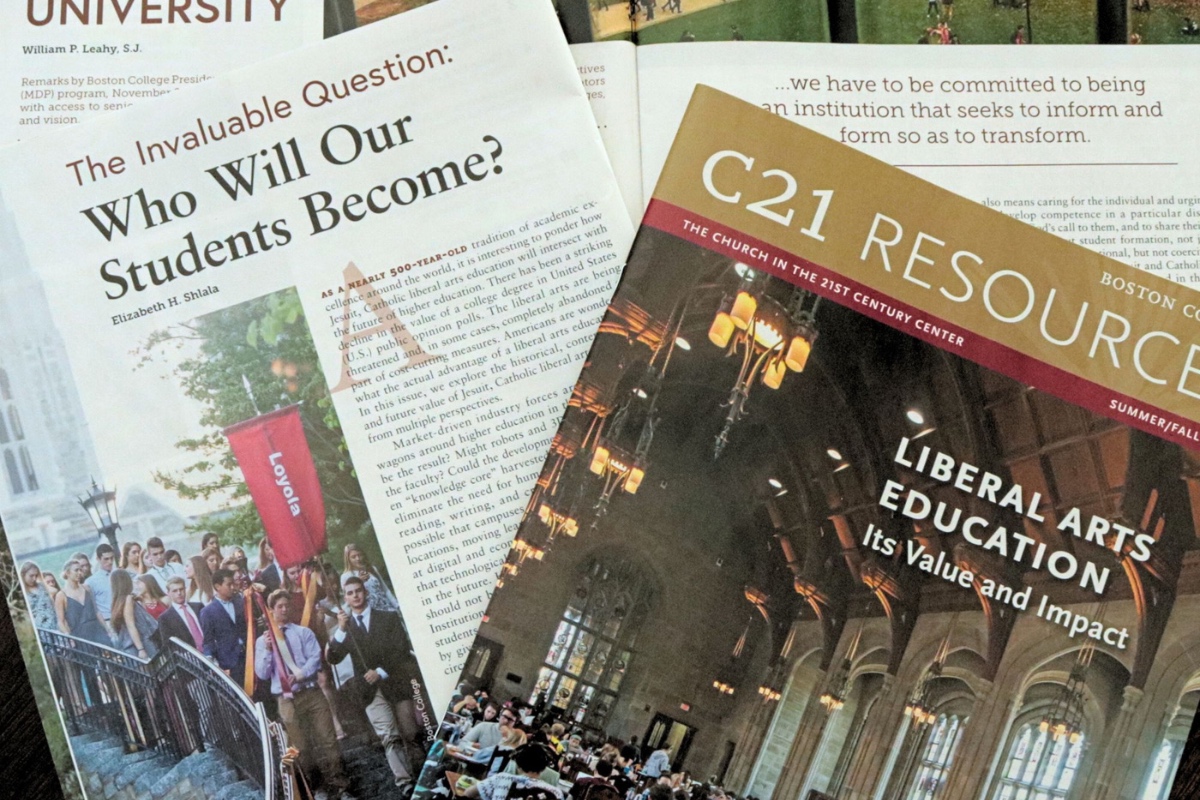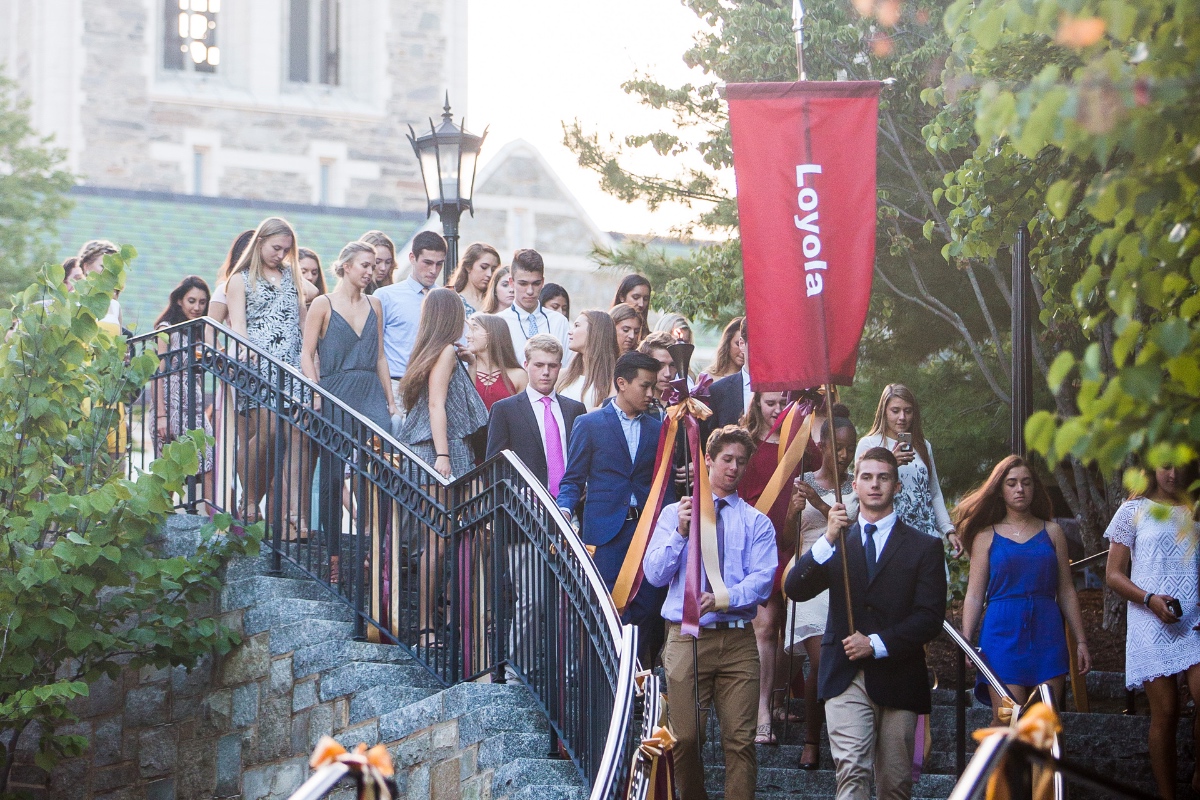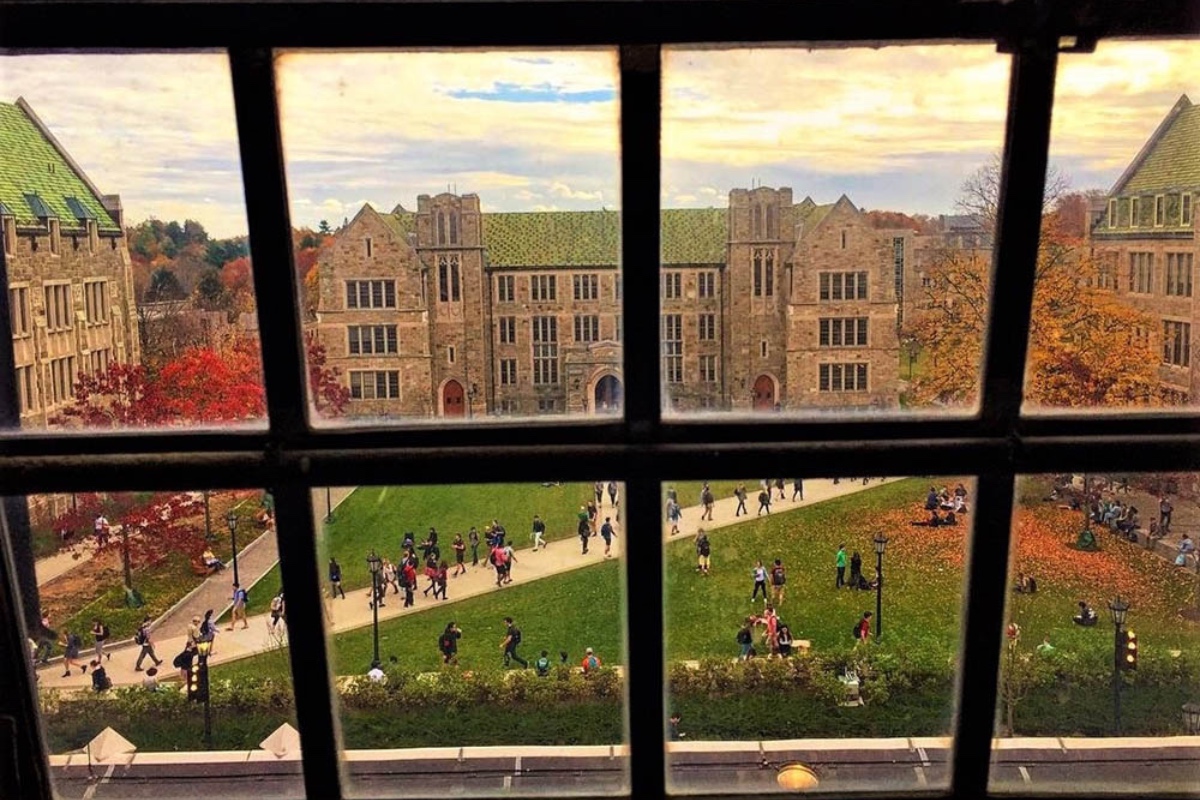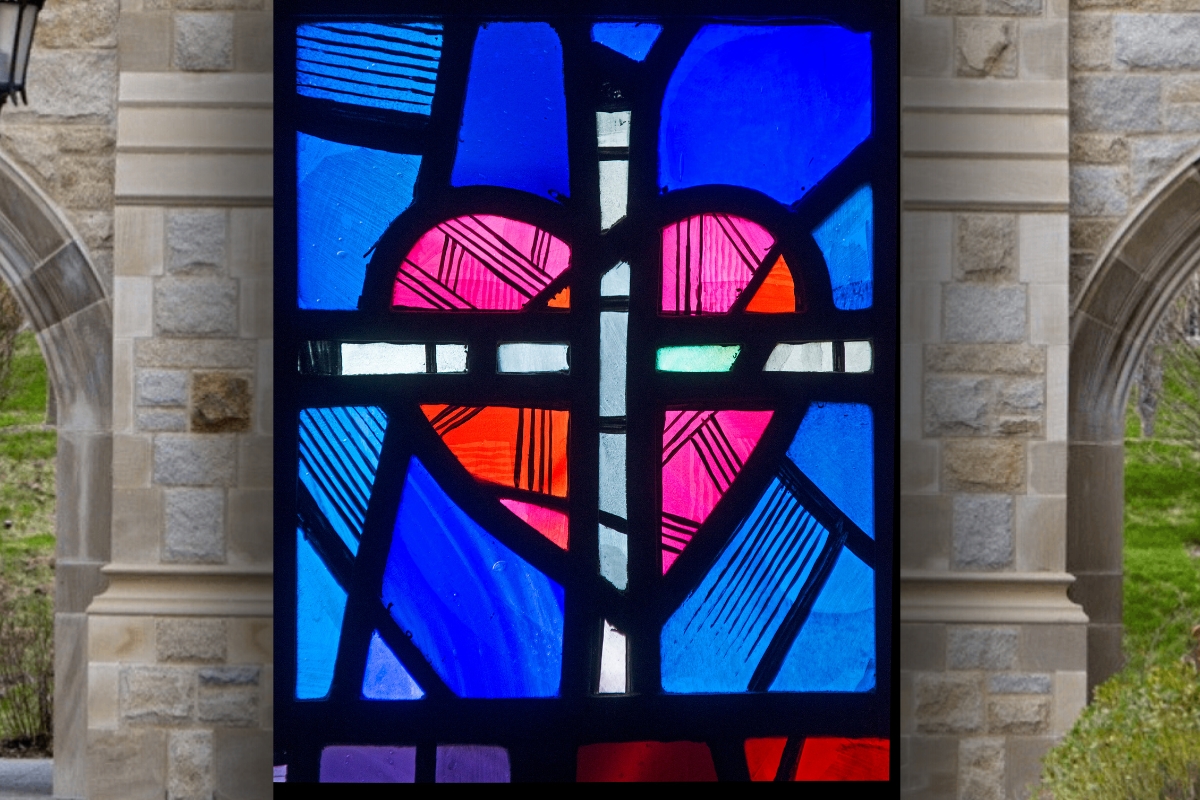Jesuit educational environments have inherited a distinctive characteristic directly derived from the spirituality of St. Ignatius of Loyola and the mindset of the earliest companions who co-founded the Society of Jesus with him. Ignatius, through various facets of his personality, particularly impressed upon them the significance of the Spiritual Exercises. These exercises involved cultivating a reflective attitude toward one’s spiritual dynamics, encompassing emotions, actions, and experiences. Their emphasis permeated the Jesuits’ endeavors and missions, including formal education, which swiftly became the primary apostolate of the Jesuits, and this practice of reflecting upon “our way of proceeding” has remained an enduring characteristic of Jesuit education for centuries.
The inquiry into the essence of being a Jesuit educational institution has been a continual concern for the Society. The concern prompted the formulation of the Ratio Studiorum in 1599. This document delineated the official plan of studies and administrative regulations and was mandated for implementation across all Jesuit educational institutions worldwide. For centuries, it served as a guiding reference, outlining the parameters of what it meant to be a Jesuit institution. While the Ratio could not comprehensively address all facets of the Jesuit philosophy of education, it provided a robust framework for a globally interconnected network of educational institutions with a standardized curriculum.
However, as the feasibility and efficacy of implementing a uniform curriculum globally diminished over time, the Jesuits began to reassess how schools and universities could adhere to the spirit of the Ratio while adapting to contemporary demands. The crux of the challenge for Jesuit education lay in defining this spirit, marking a departure from the need for a specific Ratio Studiorum, a shift that became evident in the mid-twentieth century. Evolving national educational systems, transformative events like Vatican II, and internal shifts within the Society of Jesus gradually obscured the direct influence of the Ratio on the self-conceptualization of Jesuit education. This neglect left an imperative to address the perennial question of what truly characterizes education within Jesuit institutions.
Contemporary documents, such as “The Characteristics of Jesuit Education” (1986), “The Ignatian Pedagogy Paradigm” (1993), and more recently, “Jesuit Schools inthe Twenty-First Century: A Living Tradition” (2019), illustrate how schools have dynamically filled the void left by the abandonment of the Ratio. They articulate the identity of Jesuit education through a philosophy that engages with mission statements, goals, values, and tenets. Additionally, they introduce a specific pedagogical approach, known as the Ignatian Pedagogy Paradigm (IPP), as a tool to animate teaching and services in Jesuit and Ignatian schools. These documents, while drawing inspiration also from official pronouncements of the Society of Jesus, such as the commitment to the promotion of justice, represent a departure from the earlier emphasis on a prescribed curriculum. They represent a broader focus on philosophical underpinnings and pedagogical principles as the contemporary way for Jesuit education, answering the long-lasting question about “our way of proceeding.”
The practice of reflecting upon “our way of proceeding” has remained an enduring characteristic of Jesuit education for centuries.
The cultivation of the Jesuit, Catholic identity has become increasingly integral to the vision and promotion of Jesuit colleges and universities, particularly in the competitive landscape of international higher education. Rediscovering and nurturing the distinctive culture and spirit of these institutions enriches their vision for research and education, extending beyond the generic pursuit of truth that characterizes any dedicated learning institution.
For Jesuit, Catholic universities, asserting their identity has become a response to the challenges posed by secularization and the declining presence of Jesuits within their own establishments. The trend, beginning in the mid-twentieth century, toward fewer vocations has intensified the question of the essence of Jesuit institutions in the absence of a significant Jesuit presence. The increasing proportion of lay individuals employed and engaged in Jesuit institutions, traditionally managed predominantly by members of the religious order, necessitates a reevaluation of the Jesuit identity of these universities. This includes understanding the role of Jesuits, addressing what it means for lay companions to share the mission, and exploring how the identity of these institutions can be maintained amidst changing demographics.
While this discussion holds significant importance for the Society of Jesus, it remains open-ended. Official documents and speeches by recent superior generals of the Society have outlined the Jesuits’ perspectives on the collaboration of lay individuals in their institutions. However, the question of who or what carries the mission—the person or the curriculum—continues to elicit diverse responses and perspectives within the order.
Unveiling the wealth of memory preserved in this living tradition, to which every Jesuit has contributed over time as an active participant, is integral to cultivating the Jesuit identity of a university. By expanding the notion of Jesuit sources, colleges and universities, and likewise schools, which often possess extensive repositories of neglected memories, can foster a profound understanding of their identity. This identity is dynamic, constantly evolving, and cannot be fixed as a relic of a bygone golden age. Instead, it thrives on the contributions of countless agents-in-the-tradition, including the lay companions who now actively participate in the Jesuit educational mission.
Cristiano Casalini is associate professor, Endowed Chair in Jesuit Pedagogy and Educational History, and a research scholar at the Boston College Institute for Advanced Jesuit Studies.








